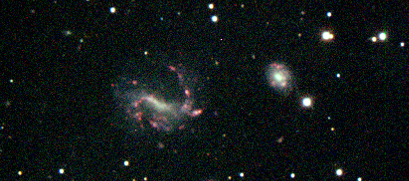
As soon as I wrote it, I realized that the title is much more general than anything that can be fit in a blog post. Bekenstein argued long ago that the missing mass problem should instead be called the acceleration discrepancy, because that’s what it is – a discrepancy that occurs in conventional dynamics at a particular acceleration scale. So in that sense, it is the entire history of dark matter.








